It takes only minutes for a dog left in a vehicle on a warm day to succumb to heatstroke and suffocation. Most people don’t realize how hot it can get in a parked car on a balmy day. However, on a 78-degree day, temperatures in a car parked in the shade can exceed 90 degrees — and hit a scorching 160 degrees if parked in the sun (in 30 minutes or less)!
Even when the outside air temperature is in the 60s, temperatures inside vehicles can reach the danger zone in the sun. Rolling down a window or parking in the shade doesn’t guarantee protection, since temperatures can still climb.
Dogs don’t sweat like humans do. They cool off by panting and sweating through their paws. With only overheated air to breathe, they can collapse, suffer brain damage, and possibly die of heatstroke. Just 15 minutes can be enough for a dog’s body temperature to climb from a normal 102.5 to deadly levels that will damage their nervous and cardiovascular systems, potentially leaving them comatose, dehydrated, and at risk of permanent impairment or death.
Heatstroke symptoms are not always visible right away but might include vigorous panting, unsteady gait, lethargy or agitation, thick saliva or frothing at the mouth, rigid posture, vomiting, bloody diarrhea, collapsing, and signs of shock.
When you see a dog in a hot car, your first instinct might be to free him by any means necessary. Colorado Statute 13-21-108.4. defines what steps must be followed to be exempt from criminal and civil liability.
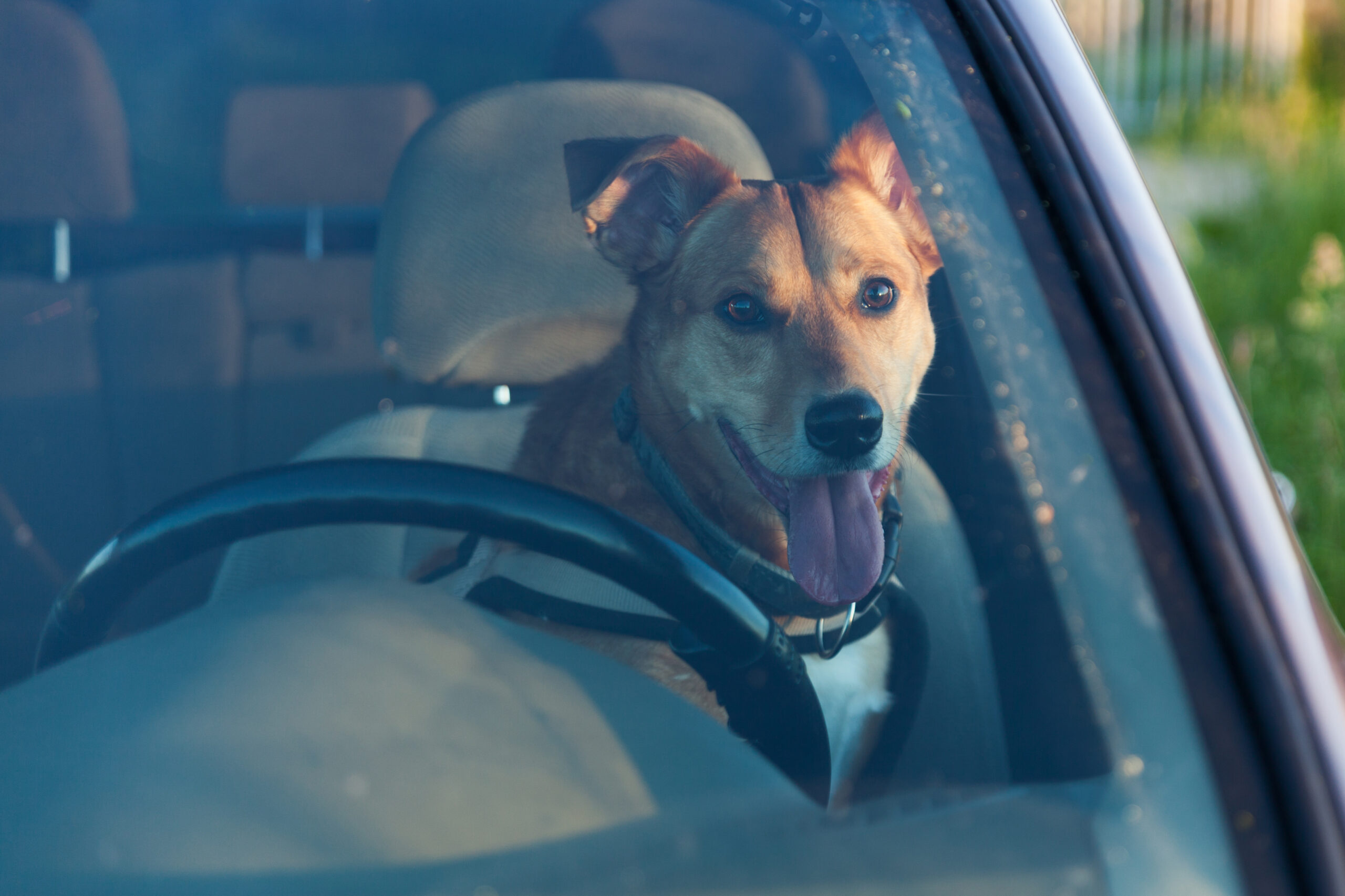
First, the person rendering assistance must have a reasonable belief that the animal is in imminent danger of death or suffering serious bodily injury.
A concerned citizen must first make an effort to locate the owner or operator of the vehicle, and document the color, make, model, license plate number, and location. Before acting, law enforcement, fire department, animal control, or 911 need to be called. If responders arrive, one cannot interfere with or fail to obey a lawful order from first responders.
After taking these steps, use no more force than is reasonably necessary to free the pet. After acting, remain with the animal, and reasonably close to the vehicle, until a law enforcement officer, emergency medical service provider, animal control officer, or other first responder arrives at the scene. 
If it is necessary to leave the scene, leave a notice on the windshield of the vehicle that includes your name and contact information and the name and contact information of the location where the dog has been taken. The same information should be shared with law enforcement and animal control.
Ryan Hanson of the Ridgway Marshal’s Office was very helpful in writing this article. He says that residents are very aware of the dangers presented by leaving dogs in hot cars. He adds, “We have received calls in the past and have been successful in locating owners to remedy the situation. We’ve then educated them on the dangers of having a dog in a hot car.”

Luna is a mellow, lovable lab mix who is about 3 years old and 80 pounds. She strolls along on her leash and appreciates sniffing as part of the journey. She is housebroken and walks great on a leash! Her previous owner said she was great with kids and cats.
For thirty years, the Animal Resource Center and Shops of Second Chance Humane Society have been serving Ouray, San Miguel, and Montrose Counties. Our adoption hours are from Wednesday to Sunday, 11 a.m. to 5:30 p.m. You can view our shelter pets and services online at www.secondchancehumane.org. Connecting Pets, People, and Community While Saving Lives.

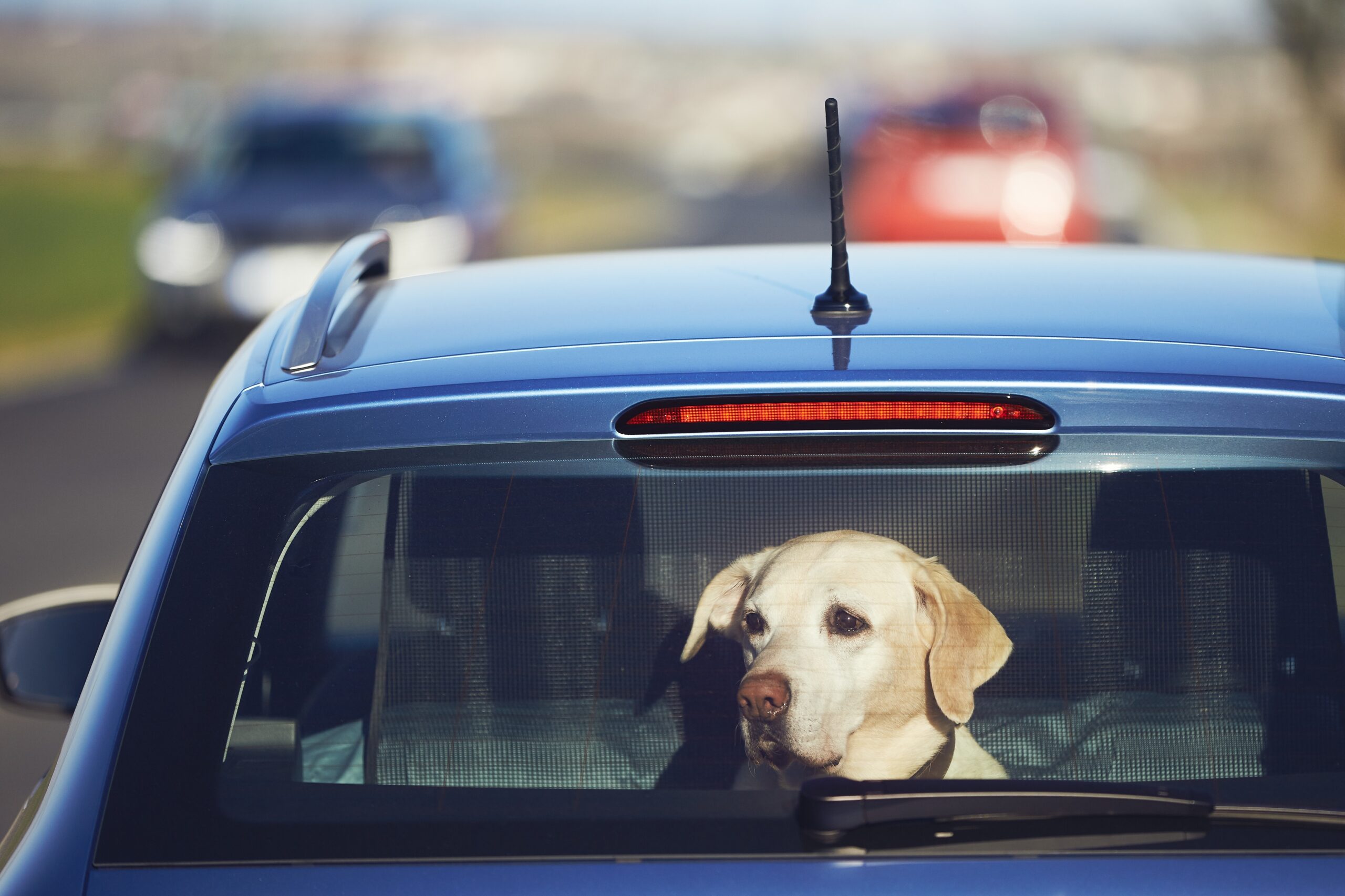


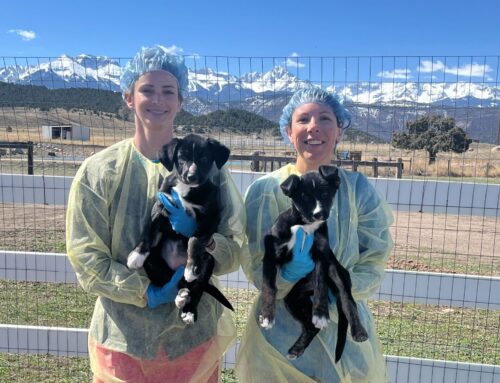
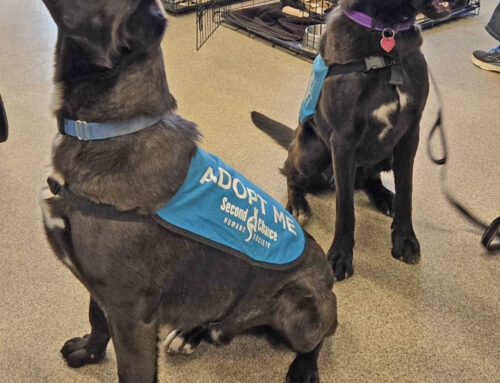
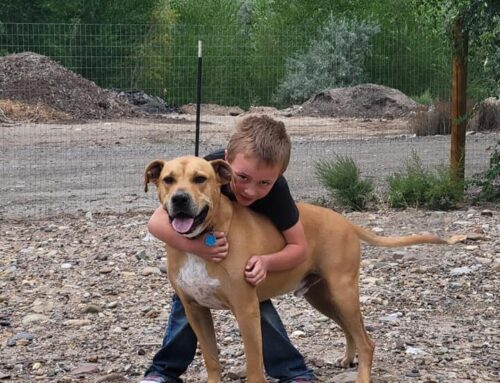


Leave A Comment